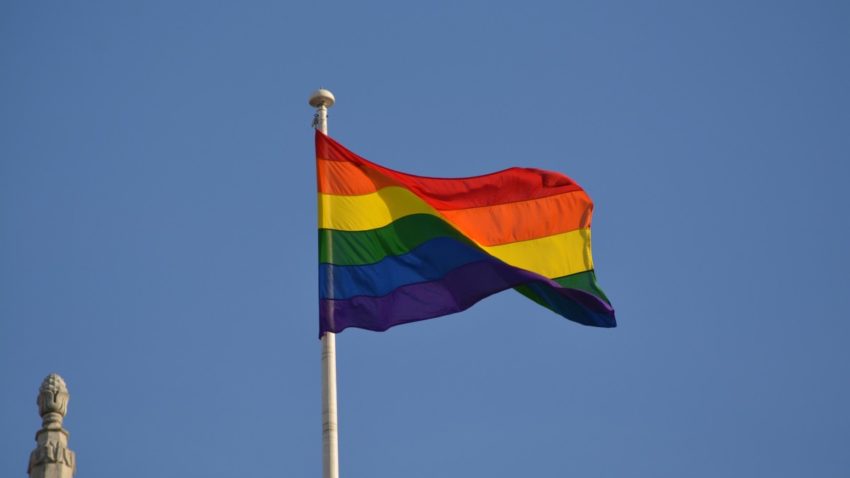By Jennifer Hickey, Postdoctoral Fellow, Vulnerability and the Human Condition Initiative, Emory University School of Law

Image via Pixabay by Skitterphoto
Strikes and gutters; ups and downs. Twenty-five years ago, Robert Putnam published his influential essay, Bowling Alone: America’s Declining Social Capital. The essay highlighted a generational decline in civic engagement, evidenced by decreased participation in bowling leagues despite increased interest in bowling. At the heart of Putnam’s work was the larger question of the proper role of civil society in a democracy. Conservatives have long invoked romantic Tocqueville-inspired notions of civil society as an alternative to government. What happens if, instead of banding together to solve our nation’s problems, the people decide to go bowling alone?
And now, bowling once again takes center stage in the ultimate “battle” of civil society versus government. Georgia’s Governor Brian Kemp recently became the first in the United States to take significant measures to “reopen the economy” in the midst of the coronavirus pandemic, despite indications that relaxing social distancing measures so soon will surely result in more deaths. Kemp announced that businesses previously considered “non-essential,” including bowling alleys, could reopen with “appropriate” safety measures. The very idea of bowling as essential was deemed laughable and has been the target of nationwide parody.

